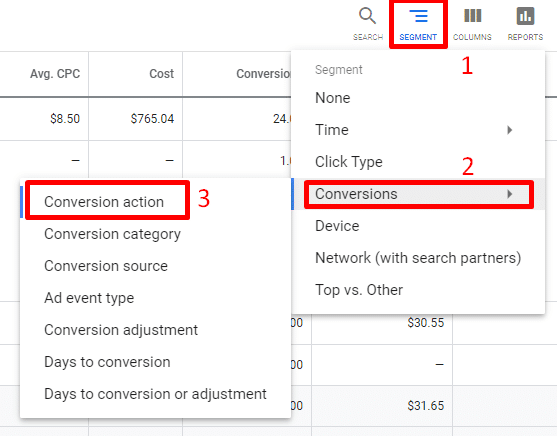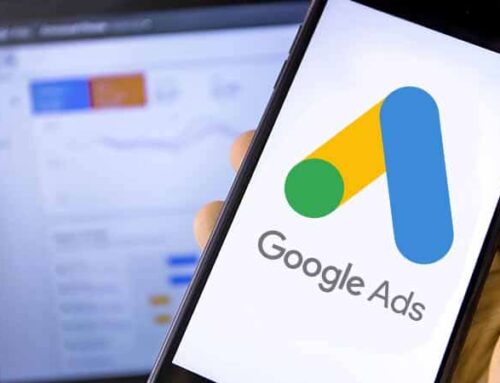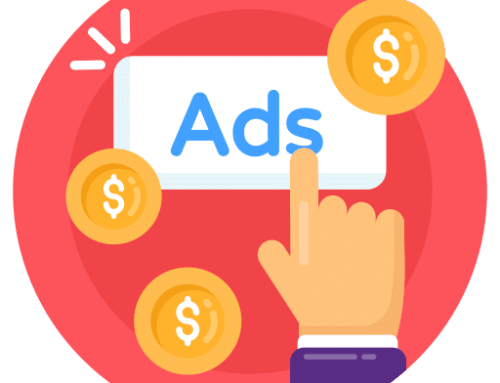So you’ve set up conversion tracking, and now, you’re looking to run, maximise and optimise your Google Ads campaigns. For this understanding your data is key.
To be able to maximise your results from Google Ads and achieve your goals faster, you will need to understand your customer’s pain points and then fine-tune your campaigns to adapt to their needs and their problems. It means that you want to: a) show your ads at the right time and b) at the right place c) to the right people and d) with the right message. But how do you know all of this?
In this blog post, I will teach you how to measure the existing data in your Google Ads account. This for two reasons: so that you can better understand your target audience and find more potential customers.
Before we jump into the measurement, below, we define some general metrics terminology:
Optimisation
Now you understand the above basic metrics, we are going to optimise your search campaigns. First things first, you will need to know the benchmarks for each metric. For example, for most search campaigns CTR above 3% is good across many different industries.
Benchmarks are a very powerful tool and important in understanding which part of your campaign needs more attention. Otherwise, optimisation is like a moving target. WordStream has a really good up-to-date Google Ads benchmarks for all the industries including search and display campaigns.
Here, I’ll use one of our accounts as an example to show you what actions to take to optimise the performance, based on what different data shows.
It is the data from one of our dental clinic accounts in the past 30 days.
Firstly, we will have a look at the budget and status. They are spending $55 per day and the status which says,‘eligible’, indicates that the budget is sufficient.
Secondly, if we now focus on interaction with potential customers. The account is getting 110 clicks in the last 30 days with average 7.73% CTR and average CPC is $8.34.
From here, we can see the interaction rate is good so the Keywords and Ad Texts must be relevant to what people are searching for. Overall the performance of this account is on track. However, there is still some room for improvement as you can see the ‘search impr. share’ is 74.04% so there is about 26% we can improve upon.
Insider tip: work with the tools Google provides to quickly optimise your campaign – take your impr. share from 100 to find out what can be optimised.
Therefore, if we want to get more clicks, then we will need to lower the avg. CPC by improving keyword’s quality score, which is decided by Ad Relevance, expected CTR, and Landing Page experience.
Finally, when we will look into their conversion data. They are getting 29 conversions with $31.65 cost/conv. and 26.36% conversion rate. In my opinion, this account is producing some decent outcomes, but again there are still more things we can do to be able to get even more conversions for the client (which is what we’re all about). We can add more keyword variations, test new ad texts, or improve our landing page for instance.
One thing I will do here is change all the call-to-action to focus on phone calls because I can see that the majority of the conversions are calls (see below) once you choose the segment to “conversion action” (see below).
Alright, in this blog we show now you can simply optimise your Google Ads search campaign by reviewing the campaign level.
The beauty and difficulty of Google Ads is that there are always more tweaks to optimise your marketing, such as Ad Schedule, Devices, Audiences, Demographics and so on. Google Ads is a powerful tactic to grow your businesses online, but it will only work if you know what you are doing. Most importantly, take advantage of this technology and get the most of it by understanding your goals and what you want to achieve.
Stay tuned for more of my Google Ads Basics Blogs.










Leave a Reply